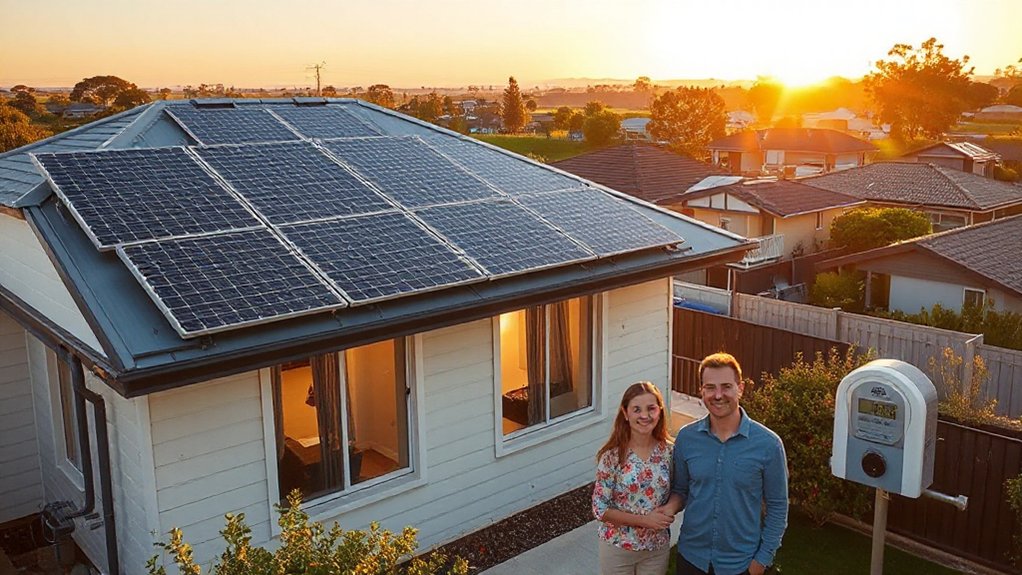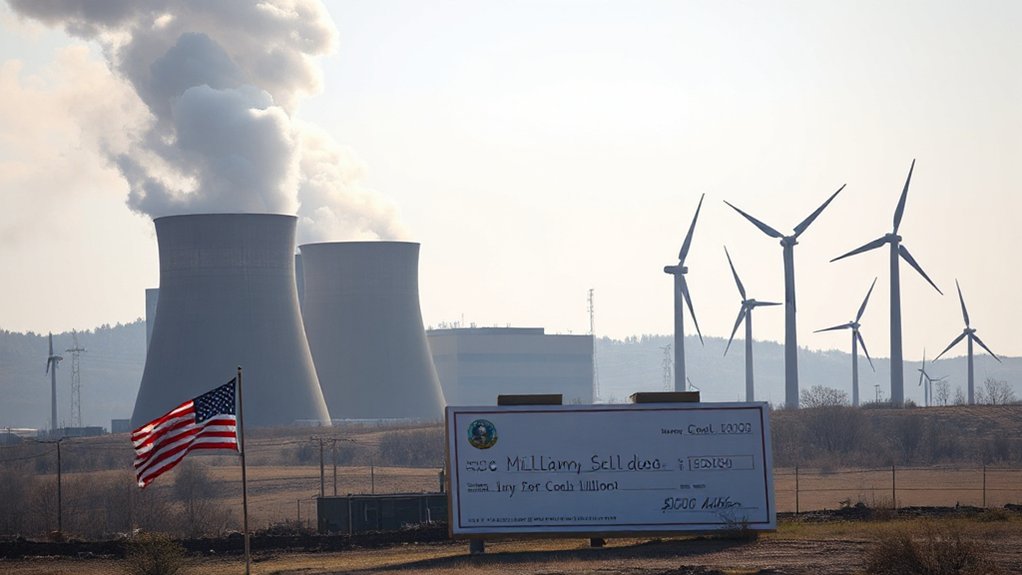While the world debates climate action, Australia is charging ahead with one of the most ambitious clean energy transformations on the planet. The nation has committed to an eye-popping 82% renewable electricity generation by 2030, with a broader goal of hitting net-zero emissions by 2050. It’s not just talk. The government has mandated 33,000 gigawatt-hours of renewable electricity annually through 2030. That’s a lot of clean power.
South Australia is showing everyone else how it’s done. They’ve cranked up renewables from a measly 1% to a whopping 74% in just 16 years. Not shabby at all. They’re gunning for 100% net renewable electricity by 2027, and honestly, they might actually pull it off. Six billion dollars in large-scale renewable investments doesn’t lie. Neither does their $20 billion pipeline.
South Australia: from 1% to 74% renewables in 16 years and charging toward 100% by 2027 with billions backing the transition.
Politics, though. Always politics. While the current government pushes solar panels and wind turbines, opposition parties are waving the nuclear flag, proposing 13 GW of nuclear power by 2051. Meanwhile, Boss Energy’s Honeymoon Uranium Project is ramping up to produce over 2 million pounds of uranium in 2025. Nuclear has fans. Long lead times, though. Not exactly a quick fix.
The money is flowing. Construction spending in renewables jumped 74% in just four years. By 2027/28, we’re looking at a peak investment of $36 billion. The United States has seen similar growth with solar making up 36% of capacity added to their electricity grid in 2021. Solar alone will hit $5.7 billion in construction value. Queensland’s leading the solar charge, naturally. They’ve got the sunshine.
Grid limitations remain a headache. So does political squabbling. But innovative solutions are emerging. Take South Australia‘s Virtual Power Plant—50,000 homes with solar and batteries working together like one massive power station. Smart. The Hornsdale Power Reserve has already reduced grid instability costs by 90% through its large-scale battery implementation.
Old coal plants are being put out to pasture, like the aging Gladstone Power Station. It’s the end of an era. But between grid-scale batteries, massive solar farms, and enough wind turbines to make Don Quixote nervous, Australia’s energy landscape is being rewritten. Fast. South Australia impressively achieved 100% operational demand from renewable resources on 180 days in 2021, showcasing the remarkable progress of their transition.
References
- https://www.sfa-oxford.com/lithox/critical-minerals-policy-legislation/all-countries/australasia/australia-critical-minerals-energy-transition/
- https://energymining.sa.gov.au/industry/hydrogen-and-renewable-energy/leading-the-green-economy
- https://farmonaut.com/australia/boss-energy-uranium-powering-green-energy-in-australia-2026
- https://www.pv-magazine-australia.com/2025/05/29/clean-energy-to-ignite-36-billion-construction-boom-from-2026/
- https://smartenergy.org.au/smart-energy-council-responds-to-notification-of-potential-retirement-of-gladstone-power-station/
- https://www.energyweek.com.au
- https://www.aemo.com.au/newsroom/news-updates/aemo-progresses-transition-plan-priorities-to-unlock-higher-renewable-contributions








